废物为何重要
治理
50
实现零排放的设施
垃圾填埋
我们在全球范围内努力减少浪费,每个工厂都在努力实现 2025 年的目标。
2021 年,Greif 领导委员会开始监督包括废物在内的五个可持续发展问题,以进一步加速我们的 ESG 战略。我们现在每季度向执行领导团队报告废物情况。我们还在 Greif 的企业记分卡和月度报告中添加了废物关键绩效指标,这些报告与管理人员共享并通过 Greif 业务系统 (GBS) 和必胜之战 (MWB) 记分卡进行跟踪。全球废物团队由来自每个业务部门和地区的 Greif 同事组成,每月开会讨论我们的废物减少策略。废物团队要求设施管理部门负责管理和减少废物。Greif 实施同事参与策略,以使生产同事能够专注于减少废物。Greif 的 环境健康与安全 (EHS) 政策、程序和培训管理危险废物的标签、处理、储存和运输。
2021 年,54 家工厂举行了虚拟参观,分享了可持续发展(包括废物)信息。Greif 执行团队和 GIP 领导团队的成员参加了虚拟参观,以提供协作并支持我们持续推进废物管理。
Greif 的合规管理系统 (CMS) 使我们能够准确高效地收集数据、监控绩效并衡量进度。2020 年和 2021 年,我们通过启用每月数据访问功能,提高了在 CMS 中查看和管理废物数据的能力。这使每个工厂能够更快地了解数据并全年实施计划。作为 CMS 的一部分,我们要求所有工厂每月报告废物数据,提交发票以供核实以及路线图。我们的废物数据将由我们的内部审计团队进行评估和验证,以确保一致性和可靠性。
对于所有全球工业包装 (GIP) 工厂,我们维护一份详细的废物矩阵,以帮助我们了解每个工厂的废物流、每个废物流的处置方法(回收、再利用、填埋等)并管理进度。废物矩阵是一种协作工具,允许工厂比较常见废物流的管理。2021 年,我们的 PPS 业务开始开发矩阵,以便在整个公司范围内整合我们的废物数据和计划。作为这一过程的一部分,我们在整个 PPS 业务中建立了教育和培训基础,包括数据输入和废物流识别培训。这些努力使我们的许多工厂能够实现或取得重大进展,以实现所有工厂 90% 的废物从垃圾填埋场转移的目标。我们将在 2022 年完成所有 PPS 工厂的废物矩阵。
尚未实现 2025 年废物转移目标的设施负责制定季度或半年度路线图,以评估进入垃圾填埋场的所有废物流并制定转移策略。每个设施至少包括前三个废物转移项目,并报告相关成本削减、垃圾填埋场减少量和每个项目的状态。我们的废物转移路线图为我们了解设施及其废物管理进展提供了很好的见解,并帮助设施逐年提高绩效。我们的路线图在我们实现废物转移目标的能力中发挥着关键作用,使每个设施都能了解其废物管理需求并确定改进措施。对员工进行废物培训是持续改进实现废物战略和目标的另一个关键组成部分。
Greif 与 Operation Clean Sweep (OCS) 合作,扩大我们减少塑料废物的承诺。通过合作,我们承诺在我们的工厂进行审计,以评估我们的塑料树脂处理操作,并实施最佳实践的管理和颗粒、薄片和粉末控制实践。2017 年至 2019 年,我们在宾夕法尼亚州哈兹勒顿、德克萨斯州休斯顿和肯塔基州斯特林山的工厂进行了第三方审计,之后由于 COVID-19 疫情而暂停。所有工厂都通过了我们持续的内部审计,我们将在 2022 年重启第三方审计。
目标与进展
2018 年,我们制定了一项目标,即到 2025 财年末,全球所有 Greif 生产设施的 90% 废物将不再填埋。2020 年,我们开始纳入来自传统 Caraustar 设施的废物数据,将目标扩大到覆盖整个企业。2021 年,我们在全球范围内将 85% 的废物从填埋场转移,149 家 Greif 设施实现了废物转移目标。这些设施通过利用废物矩阵并与我们的利益相关者密切合作,继续改善其废物管理实践,以支持我们的循环经济战略。2021 年,60 家设施实现了 99% 以上的废物转移,其中 50 家设施实现了零废物填埋。
进步:
|
2021 财年* |
90%+ 改道设施 |
99%+ 改道设施 |
实现零废物填埋的设施 |
|---|---|---|---|
|
全部的 |
149 |
60 |
50 |
|
北美 |
74 |
17 |
12** |
|
欧洲 |
54 |
32 |
29** |
|
拉美 |
9 |
1 |
0 |
|
亚太地区 |
12 |
10 |
9 |
** 包括 21 财年关闭的四家工厂的数据
表现
废物流
|
|
2018 财年 |
2019 财年 |
2020 财年 |
2021 财年 |
|---|---|---|---|---|
| 危险废物 | ||||
|
填埋废物总量 |
1,639 |
2,428 |
3,608 |
1,033 |
|
垃圾填埋 |
1,292 |
1,161 |
2,989 |
584 |
|
焚烧(无能量回收)**** |
347 |
1,267 |
619 |
449 |
|
非填埋总量* |
14,105 |
20,725 |
19,199 |
14,207 |
|
焚烧(带能量回收)** |
3,372 |
4,073 |
3,275 |
4,480 |
|
已堆肥*** |
0 |
0 |
1 |
0 |
|
回收† |
7,604 |
14,084 |
14,160 |
8,502 |
|
重复使用†† |
1,513 |
651 |
706 |
482 |
|
回收††† |
217 |
366 |
376 |
172 |
|
杂项(非垃圾填埋场)†††† |
1,399 |
1,551 |
681 |
571 |
|
全部的 危险废物 |
15,744 |
23,153 |
22,807 |
15,240 |
|
无害废弃物 |
||||
|
填埋废物总量 |
54,594 |
33,837 |
137,211 |
155,367 |
|
垃圾填埋 |
54,110 |
33,380 |
137,066 |
155,148 |
|
焚烧(无能量回收)**** |
485 |
457 |
151 |
218 |
|
非填埋总量* |
257,219 |
184,357 |
326,546 |
842,268 |
|
焚烧(带能量回收)** |
2,054 |
2,950 |
17,006 |
13,409 |
|
已堆肥*** |
35 |
15,784 |
49,734 |
54,132 |
|
回收† |
231,997 |
141,217 |
212,075 |
727,737 |
|
重复使用†† |
11,641 |
12,321 |
19,441 |
18,445 |
|
回收††† |
9,439 |
9,847 |
11,701 |
12,192 |
|
杂项(非垃圾填埋场)†††† |
2,052 |
2,239 |
16,589 |
16,354 |
|
无害废弃物总量 |
311,813 |
218,194 |
463,757 |
997,634 |
|
废弃物总量(危险和非危险) |
327,557 |
241,347 |
486,564 |
1,012,874 |
笔记:
- 传统的 Caraustar 设施于 2020 财年纳入废物报告范围。
- 由于纳入了 RFG 设施的额外数据,今年的总废物和非危险回收量翻了一番;去年 RFG 和 IPG 仅纳入了其自身运营废物流的数据。不过,RFG 还从市场收集废纸并进行回收。
非填埋:包括化学-物理、能量回收焚烧、回收、再利用、再生、堆肥和燃料混合处理方法。
焚烧(能量回收):涉及燃烧固体废物以获取能量的处理方法。
堆肥:涉及固体或液体操作废物的生物分解的处理方法。
焚烧(无能量回收):涉及燃烧固体废物的处理方法,不会产生能量。
回收:涉及分离、准备和向最终用户制造商销售可回收材料的处理方法。
重复使用:多次使用材料作为其原始用途的处理方法。
回收:从回收材料中提取和转化材料以供再次使用的过程的处理方法。
†††† 杂项(非垃圾填埋场):所有其他未提及的处理方法,包括深井注入和现场储存。
格瑞夫休斯顿工厂
2021 年,休斯顿的 Greif 工厂在转移垃圾填埋场的能力方面取得了显著的进步。该工厂安装了一台除屑机,这是一种旨在安全有效地移除用于固定纤维桶顶部和底部的金属盖的设备。移除盖后,纤维和金属就可以被引导到单独的废物流中进行回收。自 2021 年 7 月安装除屑机以来,该工厂已将 90% 以上的废物从垃圾填埋场转移。该工厂将纤维送到我们的 PPS 回收集团,进一步降低了废物处理成本。
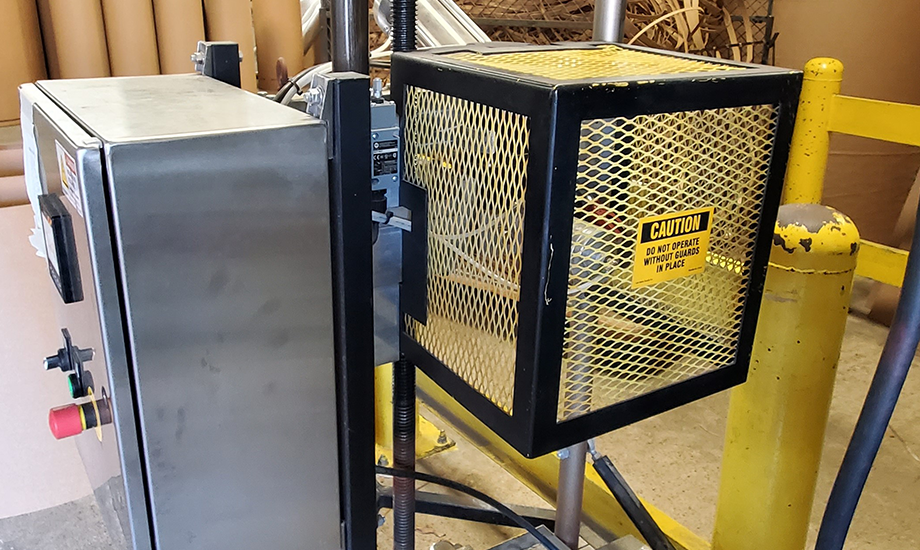
Greif Hadımköy 达到并超过 90% 的废物转化目标
2020 年,土耳其的 Hadımköy 团队通过评估其废物流并确定减少进入垃圾填埋场的废物的途径,制定了废物路线图。Hadımköy 团队在生产过程中引入了纸质废物分类箱,将剩余的食物垃圾分类并送往当地的动物收容所,并在自助餐厅引入了包装和纸质废物分类箱。总的来说,这些努力使他们的垃圾填埋量减少了 7%。到 2020 年底,Hadımköy 利用其废物路线图中的项目进一步减少了 5% 的垃圾填埋量,并已超过公司 2025 年的废物目标。2021 年,Hadımköy 进一步将送往垃圾填埋场的废物量比上一年减少了 15%。
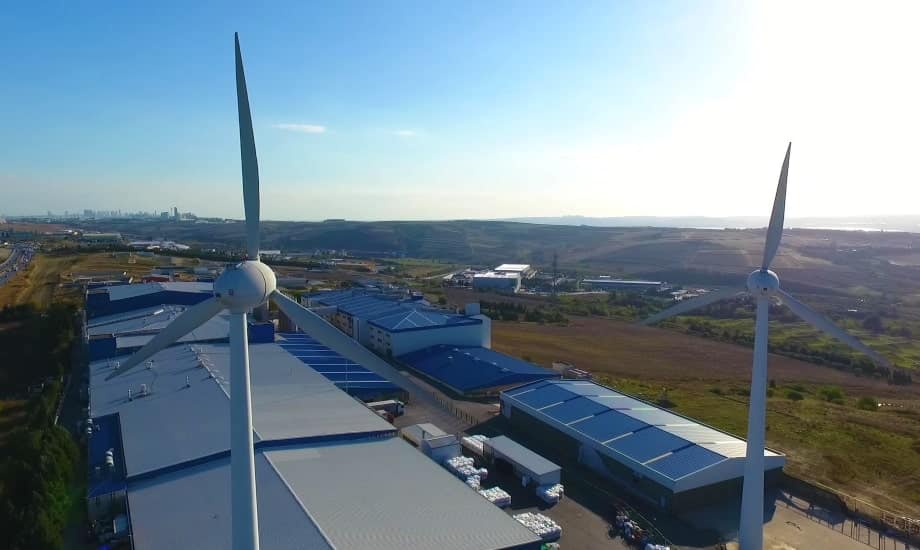
通过使用水性外墙涂料减少挥发性有机化合物 (VOC)
格瑞夫致力于在尽可能的情况下在运营中使用水性外墙涂料,而不是高挥发性有机化合物 (VOC) 外墙涂料。在全球工业包装 (GIP) 北美,我们的九家钢铁厂中有八家使用水性涂料。在 GIP 中国,格瑞夫珠海工厂已改用 75% 以上的水性涂料,并于 2021 年开始在我们的产品中测试使用水性普通滚筒衬里,以进一步降低我们产品的 VOC 影响。格瑞夫上海工厂也于 2021 年开始转换过程。在欧洲、中东和非洲地区,捷克共和国、比利时、德国、匈牙利和波兰使用水性涂料和溶剂型涂料。
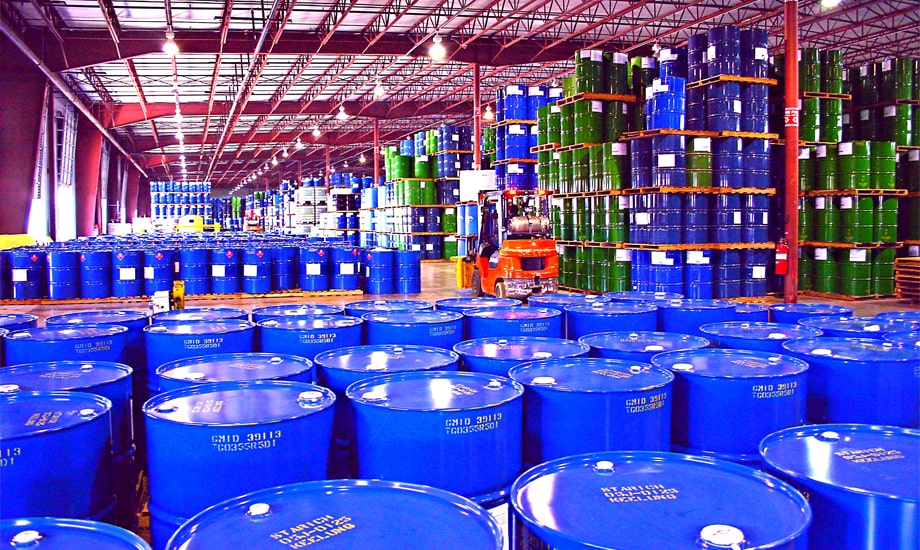
通过卓越的客户服务减少浪费
2019 年,瑞典的 Greif 全球工业包装 (GIP) 工厂收到客户投诉,称由于包裹货盘的塑料薄膜太紧且难以去除,导致油罐在拆包过程中受损。为此,工厂测试了多种更容易去除且损坏油罐的风险较小的薄膜替代品,最终选择了一种替代品,将薄膜使用量减少了 48%,每年可节省 7,500 公斤材料。此次转型还带来了 $12,000 美元的节省和 22,000 公斤的减排。为了扩大项目规模,团队更新了使用类似薄膜的标准操作程序,并与我们的采购团队合作更新了薄膜的供应商和材料。
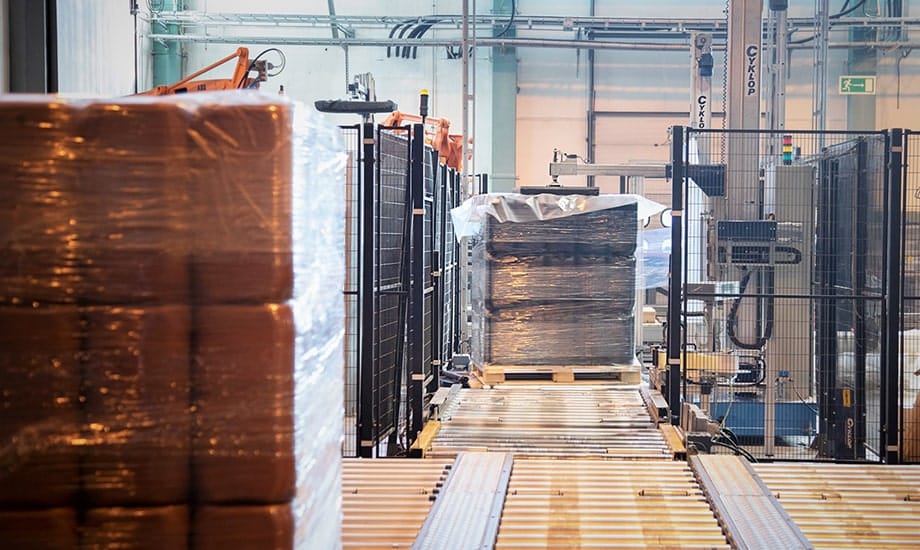
GIP 软包装工厂的回收和再利用计划
我们位于英国瑟斯克的 GIP 软包装工厂与客户和供应商密切合作,实施了各种与回收和再利用相关的计划。该工厂推出了再利用纸板隔板、托盘、线轴、溶剂、卷装袋管和废木料的计划。我们的再利用计划包括与供应商密切合作,将线轴和纸板隔板返还给他们再利用,从而降低两家公司的成本和环境影响。我们还与客户合作收集托盘和管子供我们自己再利用。该工厂还回收所有无法回收的塑料、纸板、纸张和溶剂。这些做法有助于减少 Greif 的碳足迹,并且通常可以降低成本,例如焚烧费用。
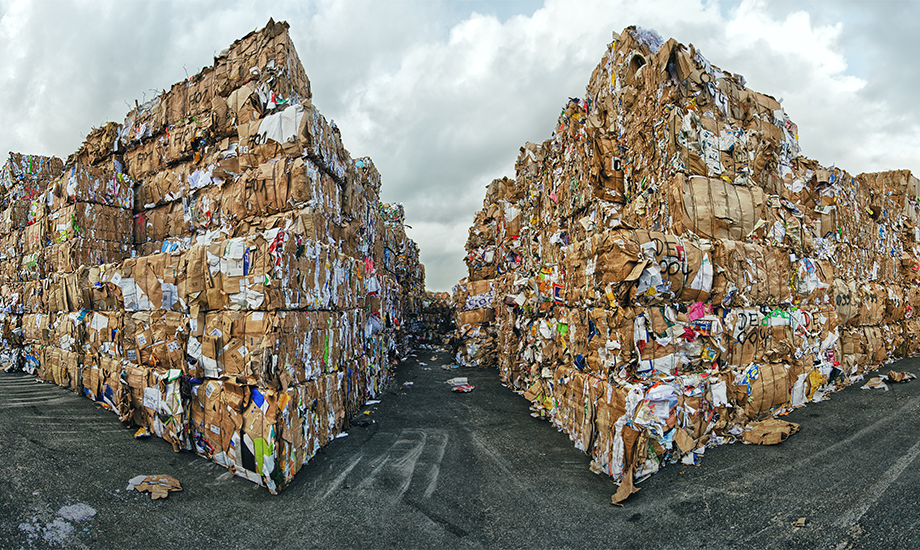
可持续发展亮点
85%
从垃圾填埋场转移的废物
我们在全球范围内努力减少浪费,每个工厂都在努力实现 2025 年的目标。
50
实现零废物填埋的设施
强调消除、减少和转移浪费的最佳管理实践。





